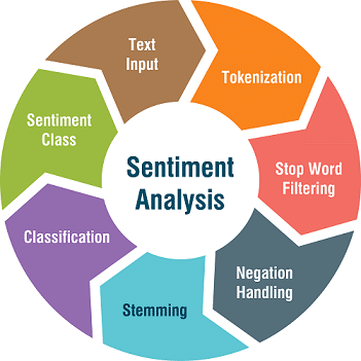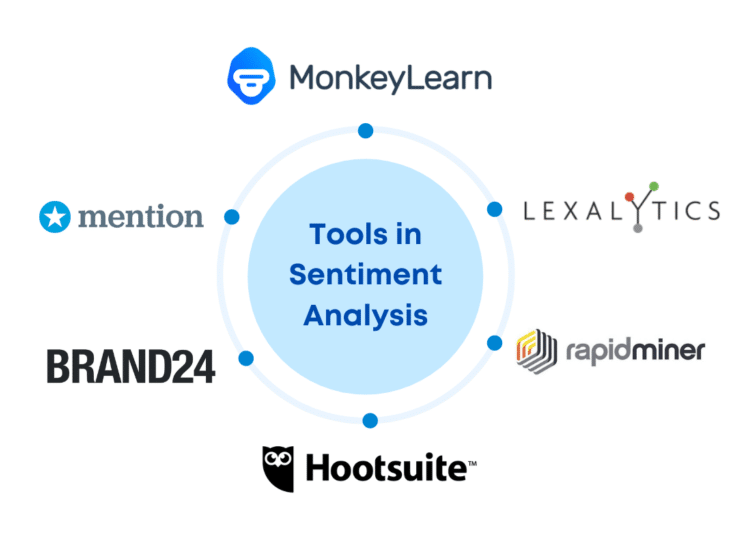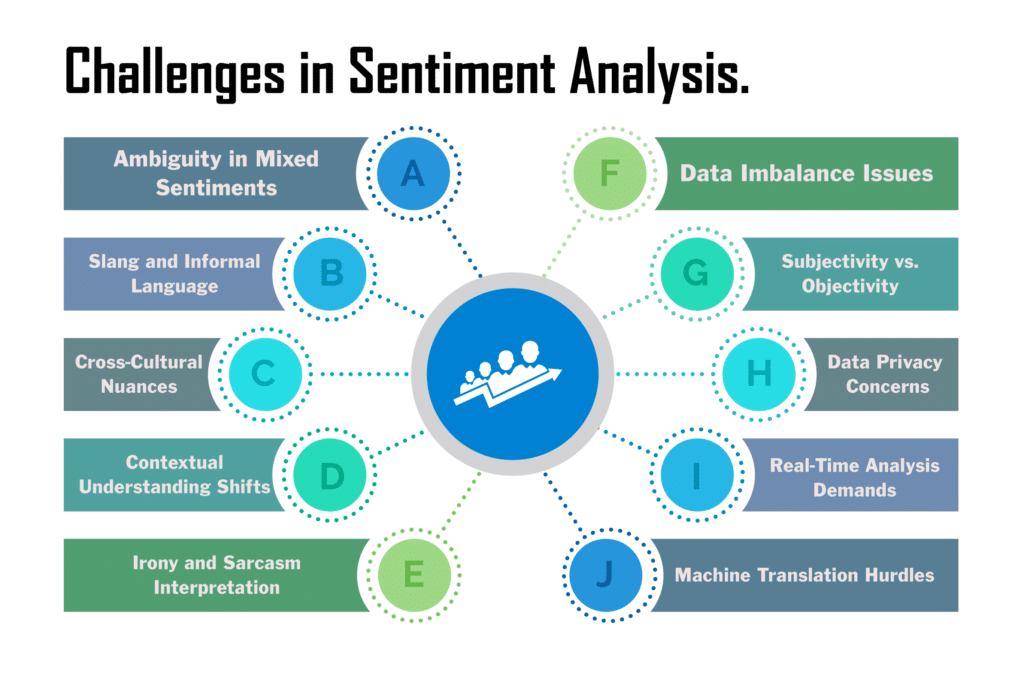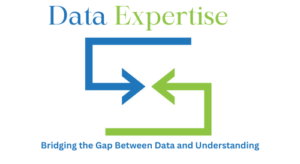Introduction
Welcome to ‘6 Essential Insights into Sentiment Analysis: Decoding Public Opinion from Text Data,’ a comprehensive exploration of sentiment analysis in data science. This blog delves into how sentiment analysis is used to understand public opinion from text data, discussing its significance in various domains such as marketing, politics, and customer service. We’ll explore the techniques and tools used in sentiment analysis, the challenges faced, and provide real-world examples of its application.
Our focus keyword, ‘Sentiment Analysis’, is central to this exploration. It’s a powerful tool that goes beyond mere data collection; it interprets and quantifies subjective information in text data. As we navigate through each insight, we’ll highlight the transformative impact of this analysis in extracting meaningful insights from vast amounts of unstructured data.
Understanding Sentiment Analysis

It, also known as opinion mining, is a field within natural language processing (NLP) that focuses on identifying and categorizing opinions expressed in text data. This technique is pivotal for determining whether the sentiment behind a specific text is positive, negative, or neutral. It’s an essential tool for businesses and organizations to gauge public opinion, monitor brand reputation, and understand customer experiences.
By analyzing data from social media, reviews, forums, and other sources, this type of analysis provides valuable insights into public sentiment. This process
- Sentiment analysis plays a crucial role in market research, allowing companies to understand consumer reactions to products or services. By analyzing customer feedback and social media posts, businesses can gauge customer satisfaction and identify areas for improvement.
- In the political sphere, it is used to assess public opinion on policies, campaigns, and candidates. This technology enables political organizations to track public sentiment trends, helping them to strategize more effectively.
Techniques and Tools in Sentiment Analysis
Sentiment analysis relies on various techniques, including machine learning models like Naive Bayes, Logistic Regression, and Neural Networks, to classify text data. These models are trained on large datasets to recognize language patterns associated with different sentiments.
Advancements in Deep Learning
The domain of text data interpretation has experienced considerable progress due to the introduction of deep learning techniques. Models like Long Short-Term Memory (LSTM) networks and Transformer-based architectures, including BERT (Bidirectional Encoder Representations from Transformers), have enhanced the ability to understand context and subtleties in text. These advanced models can capture long-range dependencies and nuances in text, providing a more accurate analysis of sentiments. Additionally, the integration of these models with big data technologies and cloud computing has enabled the analysis of vast, complex datasets in real-time, further expanding the scope and scalability of sentiment analysis applications.
Tools such as NLTK, TextBlob, and specialized software like IBM Watson provide the necessary functionality for sentiment analysis. These tools offer features like sentiment scoring and emotion detection, making them invaluable for businesses and researchers.

Challenges
One of the main challenges in sentiment analysis is detecting sarcasm, irony, and context-specific meanings. These linguistic nuances can lead to misinterpretation of sentiment, posing a significant challenge for automated systems.
- Cultural and Linguistic Variations: The process of interpreting emotions and opinions from text data encounters challenges in accommodating cultural and linguistic variations. The same phrase or expression might carry different sentiments in different cultures or linguistic contexts. This diversity requires sophisticated models that can understand and interpret sentiments accurately across various cultural and language spectrums.
- For global businesses or studies involving diverse demographics, this aspect becomes particularly crucial to ensure the sentiment analysis results are not only accurate but also culturally relevant and sensitive.

Another hurdle is the ever-changing nature of language, encompassing the emergence of slang and new expressions, necessitating regular updates to models that interpret emotions and opinions from text to preserve their accuracy.
Real-World Applications
- Sentiment analysis is widely used in customer service to prioritize responses based on customer sentiment. This approach helps businesses address critical issues promptly, improving customer satisfaction.
- In finance, sentiment analysis of news articles and social media can inform investment decisions by gauging public sentiment towards different markets or companies.
Conclusion
Sentiment analysis is a dynamic and rapidly evolving field that offers significant insights into public opinion. As technology advances, the accuracy and applications of this analysis are expected to expand, making it an even more powerful tool for businesses, political organizations, and researchers. The future of the analysis lies in its ability to adapt to the complexities of human language and provide a deeper, more nuanced understanding of public sentiment.



